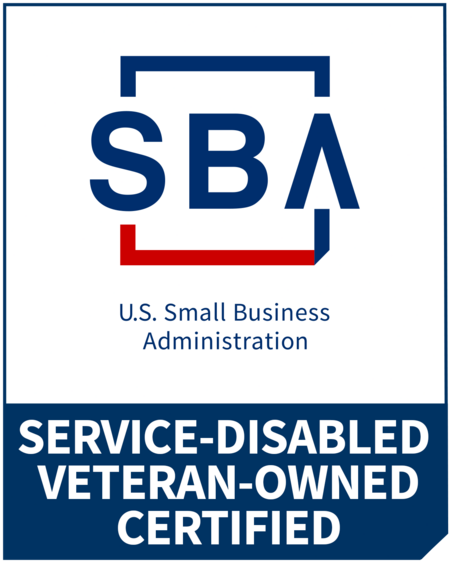Air Blown Fiber Optic Cabling
How Our Teams Avoid Friction Build-Up With Air Blown Fiber Installation

Air blow fiber optic cable installation future-proofs your facility’s telecommunications infrastructure. With just the second install at some point in the future, air blown fiber optics pay for themselves due to the reduction of labor costs and downtime. In today’s blog post from CKC Data Solutions, we talk about how our teams avoid friction build-up with air blown fiber installation.
Types of Friction
Installers must overcome two types of friction with air blown fiber optics. Static friction exists between two surfaces when an object is stationary. Dynamic friction occurs when an object is in motion. To reduce static friction, we move the fiber optic cables as quickly as possible. Our teams use several techniques to eliminate or reduce dynamic friction.
Air Pressure
The main way we overcome dynamic friction is through air pressure. We use an inert gas, usually nitrogen, to surround the air blown fiber optic cable while we move it through the conduit. Keep in mind, both the wire and conduit are very small when it comes to the diameter. The air pressure keeps the wire away from the inner walls of the conduit as it moves from one end to the other. We make sure the seals on either end of the conduit are intact so the air pressure maintains its consistency.
Coated Wires
Air blown fiber optic cables are wrapped in coated plastic sheathes designed to reduce friction in the event the wires come in contact with the inside of the conduit. It’s an extra layer of protection. Even though the wire is only in motion for a few minutes, even one bump against the side of the conduit can cause a problem because the cable moves quickly in a high-pressure environment. Rest assured, the CKC team tests everything before we run the cable.
Blowing Tip
We place a blowing tip into the conduit ahead of every air blown fiber optic cable we install. The blowing tip maintains the aerodynamic profile of the front of the cable as it moves through the pressurized conduit. Blowing tips also help the cable stay balanced as it moves through the entire length of the conduit.
Test First
Our teams test each conduit first with a pellet. If the pellet works as we expect, we install air blown fiber optic cable using tried-and-true methods that achieve optimal results. Rather than a three-day downtime for traditional fiber installation, air-blown systems may have a half-day downtime (your individual results may vary).
Air Blow Fiber Optics by CKC Data Solutions
Talk to the experts at CKC Data Solutions about air blown fiber optic installation for your facility. We can show you how to future-proof your telecommunications infrastructure for decades to come. Contact CKC Data Solutions online or call (417) 812-5251 for more information on what our team can do for you!
Latest Blog Posts
- Grid-Interactive Efficient Buildings: A National Security Strategy for a More Resilient Grid
- How GEBs & PoE Devices Can Reduce Energy Costs and Unlock Savings for Government Agencies
- Six Practical Reasons for Hiring a Managed IT Services Provider
- What Is a Managed IT Provider and Why Does a Business Need One?
- How to Retrofit Your Older Facility Into a Smart Building